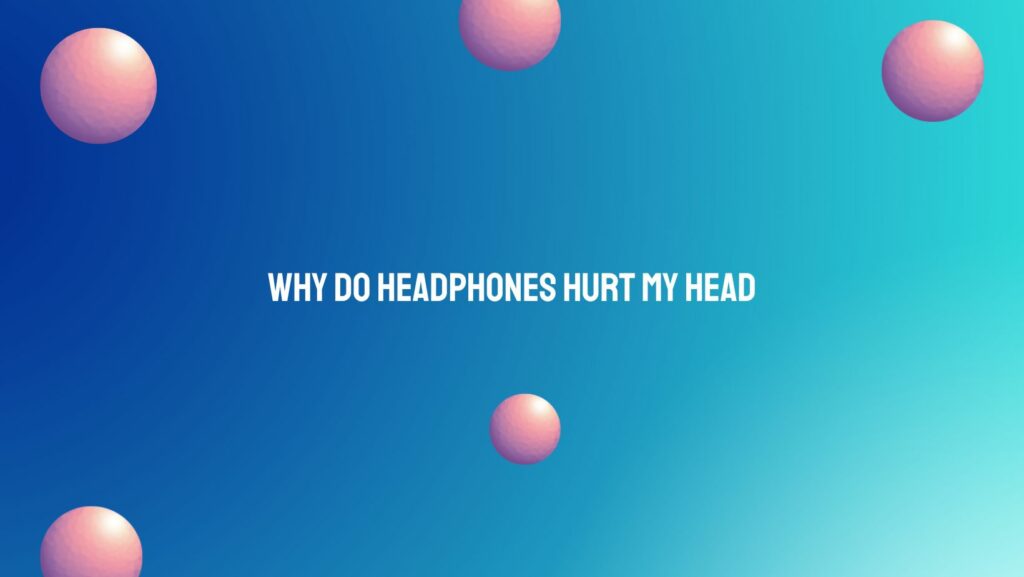For many, headphones are indispensable tools for enjoying music, podcasts, and immersive audio experiences. However, some individuals experience discomfort and pain when wearing headphones for extended periods. From pressure headaches to ear fatigue, headphone discomfort can detract from the enjoyment of audio content. In this article, we delve into the factors that contribute to headphone-related discomfort and explore strategies to alleviate discomfort and enhance headphone comfort.
- Fit and Pressure Points: One of the primary reasons headphones may hurt your head is improper fit and pressure points. Headphones that are too tight or have insufficient padding can exert excessive pressure on the head, causing discomfort and even headaches. Over-ear headphones with rigid headbands or ear cups that press against the temples and crown of the head are particularly prone to causing discomfort over time.
- Headband Design and Adjustability: The design and adjustability of the headband play a crucial role in headphone comfort. Headbands that lack sufficient padding or fail to distribute weight evenly across the head can lead to discomfort and pressure points. Adjustable headbands allow users to customize the fit to their head size and shape, reducing the likelihood of discomfort during prolonged use.
- Earpad Material and Cushioning: The material and cushioning of the earpads significantly impact headphone comfort, especially with over-ear and on-ear headphone designs. Earpads made from stiff or low-quality materials can cause irritation and discomfort, particularly if they exert pressure on the ears or trap heat and moisture. Soft, breathable earpads with ample cushioning help alleviate pressure and promote airflow, enhancing overall comfort during extended listening sessions.
- Weight and Distribution: The weight of the headphones and how that weight is distributed across the head and ears can contribute to discomfort. Heavy headphones, especially those with bulky ear cups or excessive padding, can strain the neck muscles and cause discomfort over time. Lightweight headphones with a balanced weight distribution help minimize fatigue and discomfort during prolonged use.
- Individual Sensitivity and Ergonomics: Individual differences in head and ear shape, as well as sensitivity to pressure and contact points, can influence headphone comfort. Some individuals may be more prone to discomfort due to anatomical factors or underlying medical conditions such as temporomandibular joint (TMJ) disorder or migraines. Selecting headphones with adjustable features and ergonomic design elements can help accommodate individual preferences and mitigate discomfort.
Strategies to Improve Headphone Comfort:
- Experiment with different headphone styles and designs to find the most comfortable fit for your head and ears.
- Choose headphones with adjustable headbands, cushioned earpads, and lightweight construction for enhanced comfort.
- Take regular breaks during extended listening sessions to allow your ears and head to rest and alleviate pressure points.
- Consider using earphones or in-ear monitors as alternatives to over-ear headphones, as they exert less pressure on the head and ears.
- If discomfort persists or worsens, consult a healthcare professional to rule out underlying medical conditions and explore alternative solutions.
Conclusion: While headphones are valuable tools for enjoying audio content, discomfort and pain can detract from the overall experience. Understanding the factors that contribute to headphone discomfort, such as fit, pressure points, and individual sensitivity, is crucial for selecting headphones that prioritize comfort and ergonomics. By choosing headphones with adjustable features, cushioned earpads, and lightweight construction, individuals can enjoy immersive audio experiences without sacrificing comfort or compromising their well-being.


